Design Challenge 2: Mobile Solution Application Design and Analysis
VerifiedAdded on 2020/12/29
|6
|799
|295
Project
AI Summary
This project analyzes the design of a mobile application for a mobile solutions company, focusing on user interface analysis, data structure implementation, and system response methods. It begins by examining the use case diagram, which describes the interaction of the mobile solution company as the main entity with different situations, such as user login, product details, and customer care. The project then delves into data structures, specifically class diagrams, illustrating the logical association of different classes and their methods. Finally, the project explores system response methods using activity diagrams, which depict the various situational aspects of the unified modeling language and operations of the system. The project references multiple sources to support its analysis and design decisions. The overall goal is to create an online mobile services application that facilitates easy transactions for buying mobile phones and provides customer support.
1 out of 6
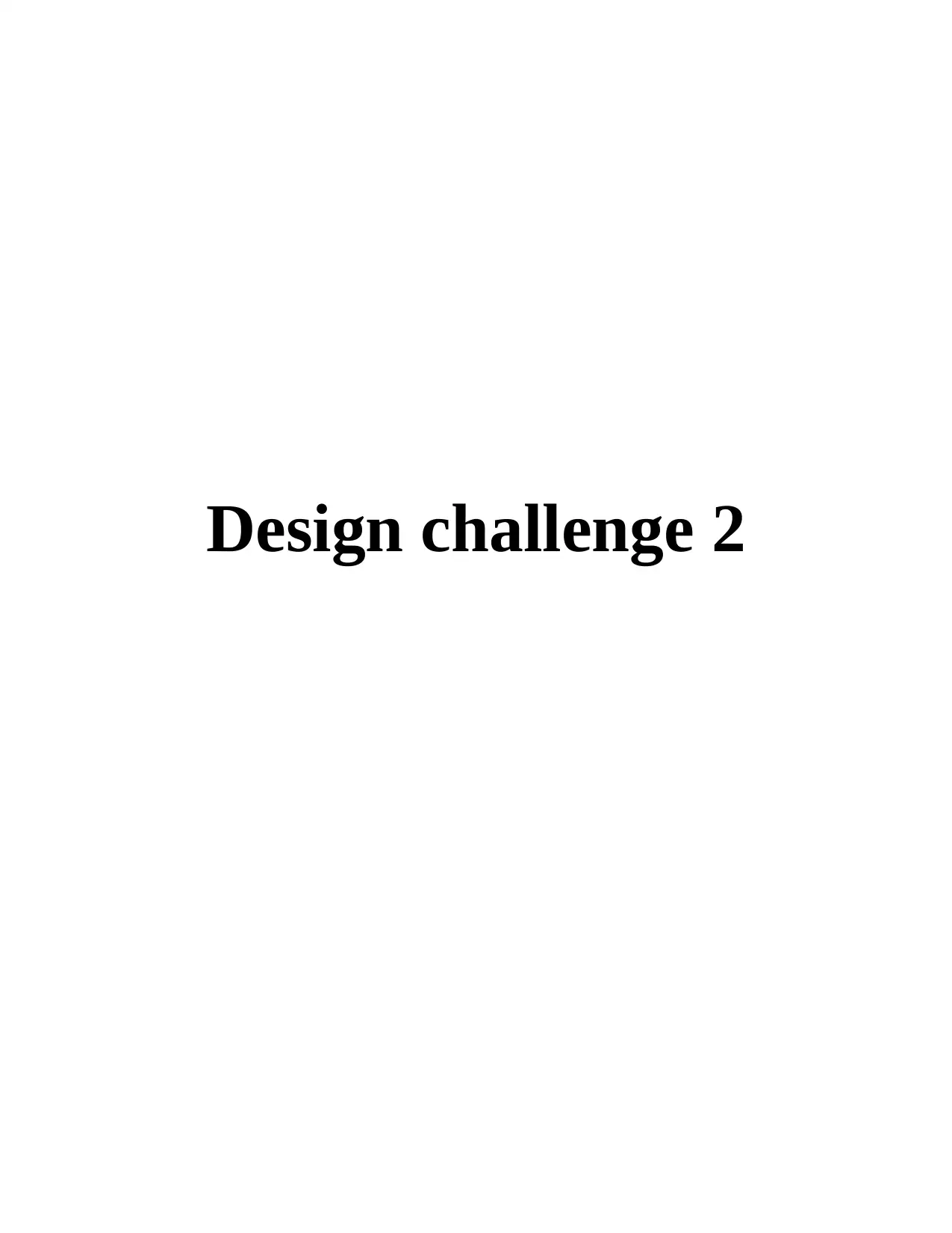
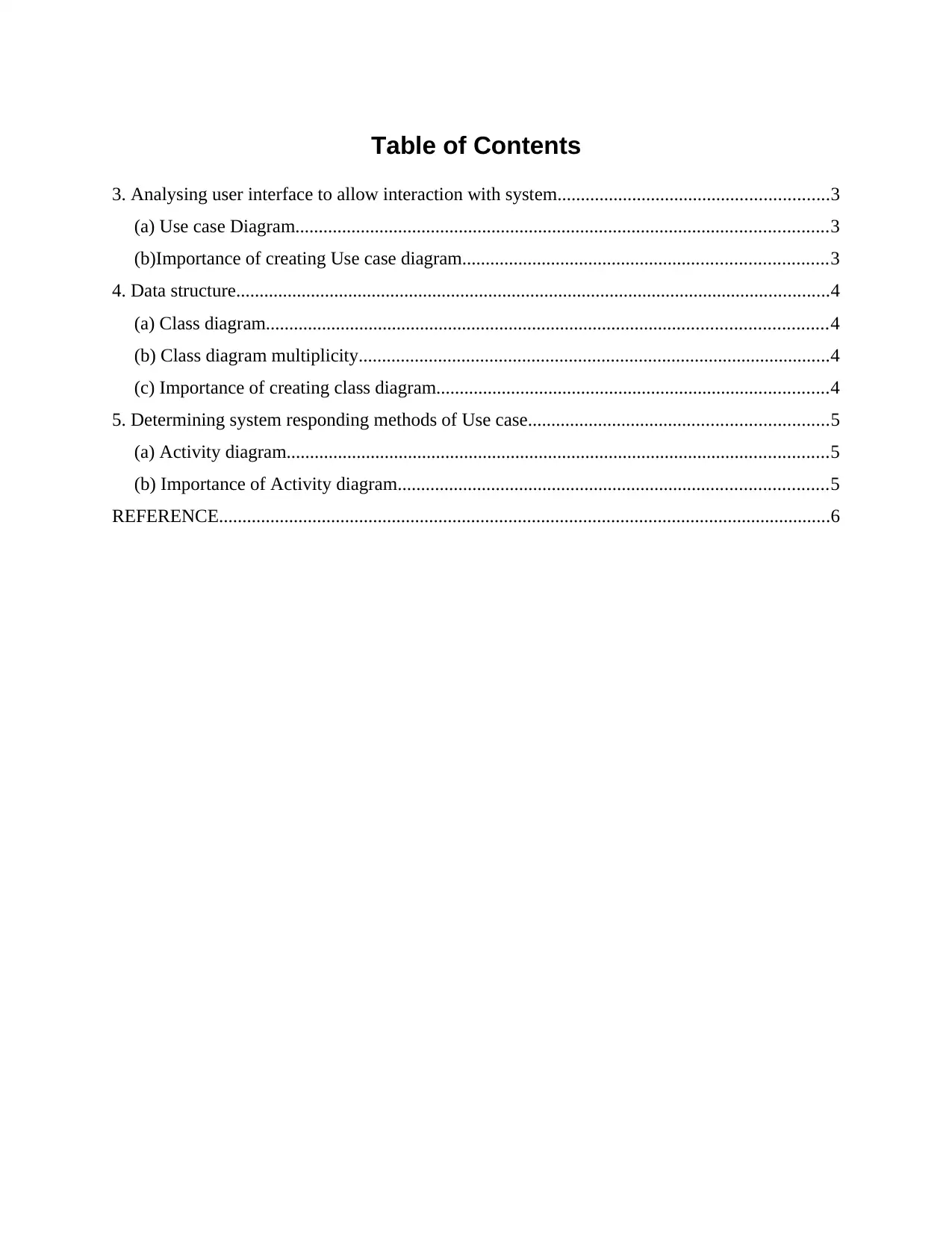
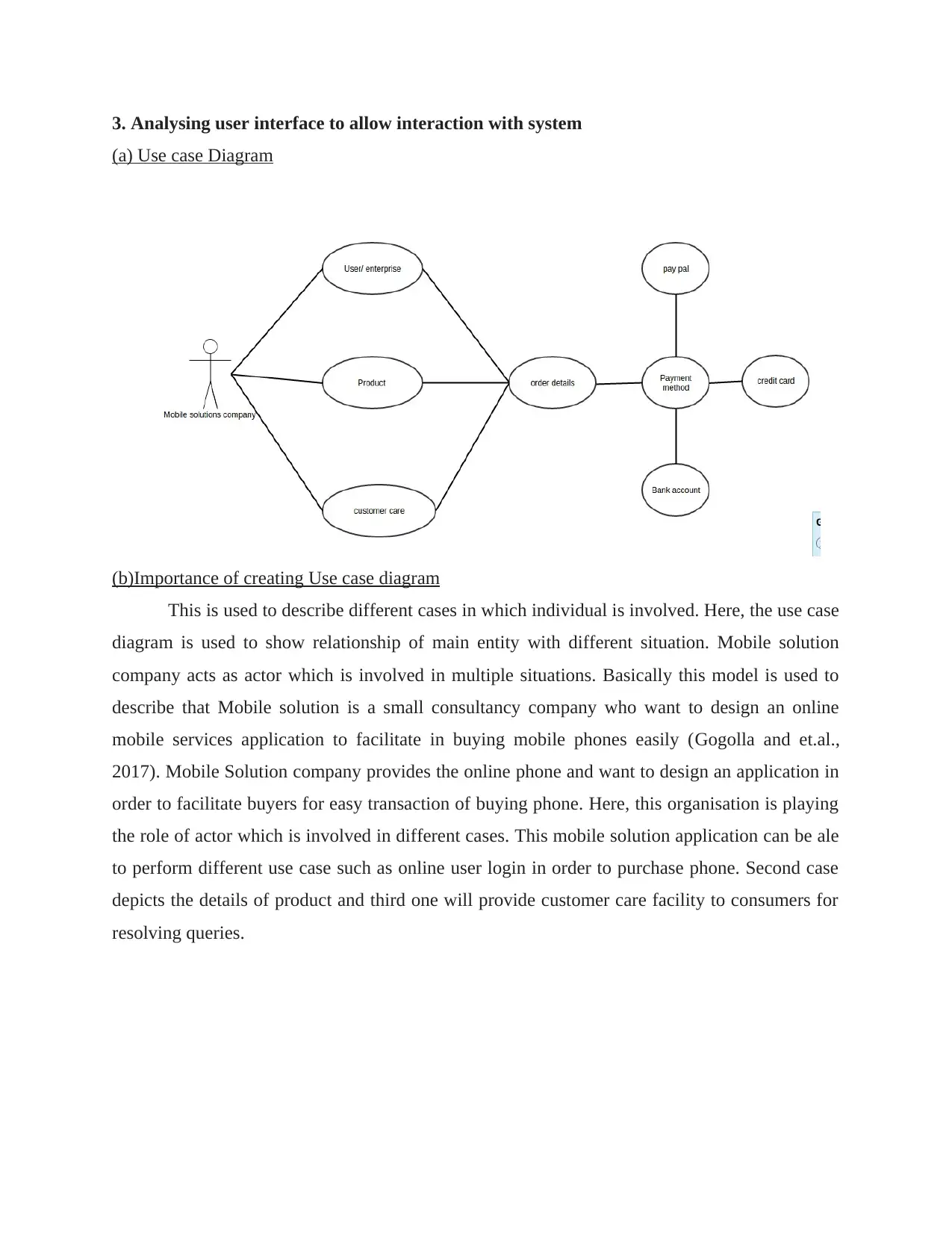
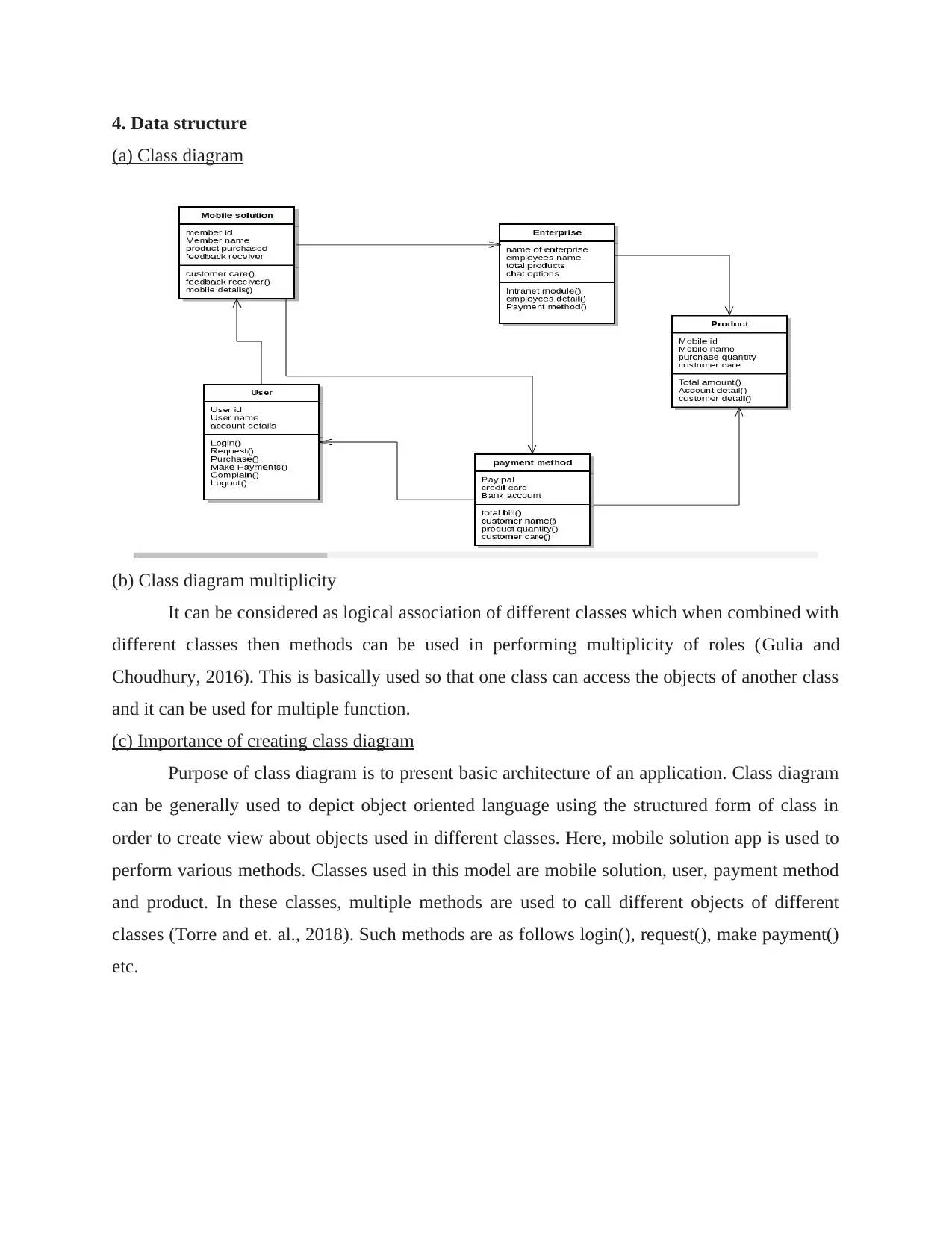
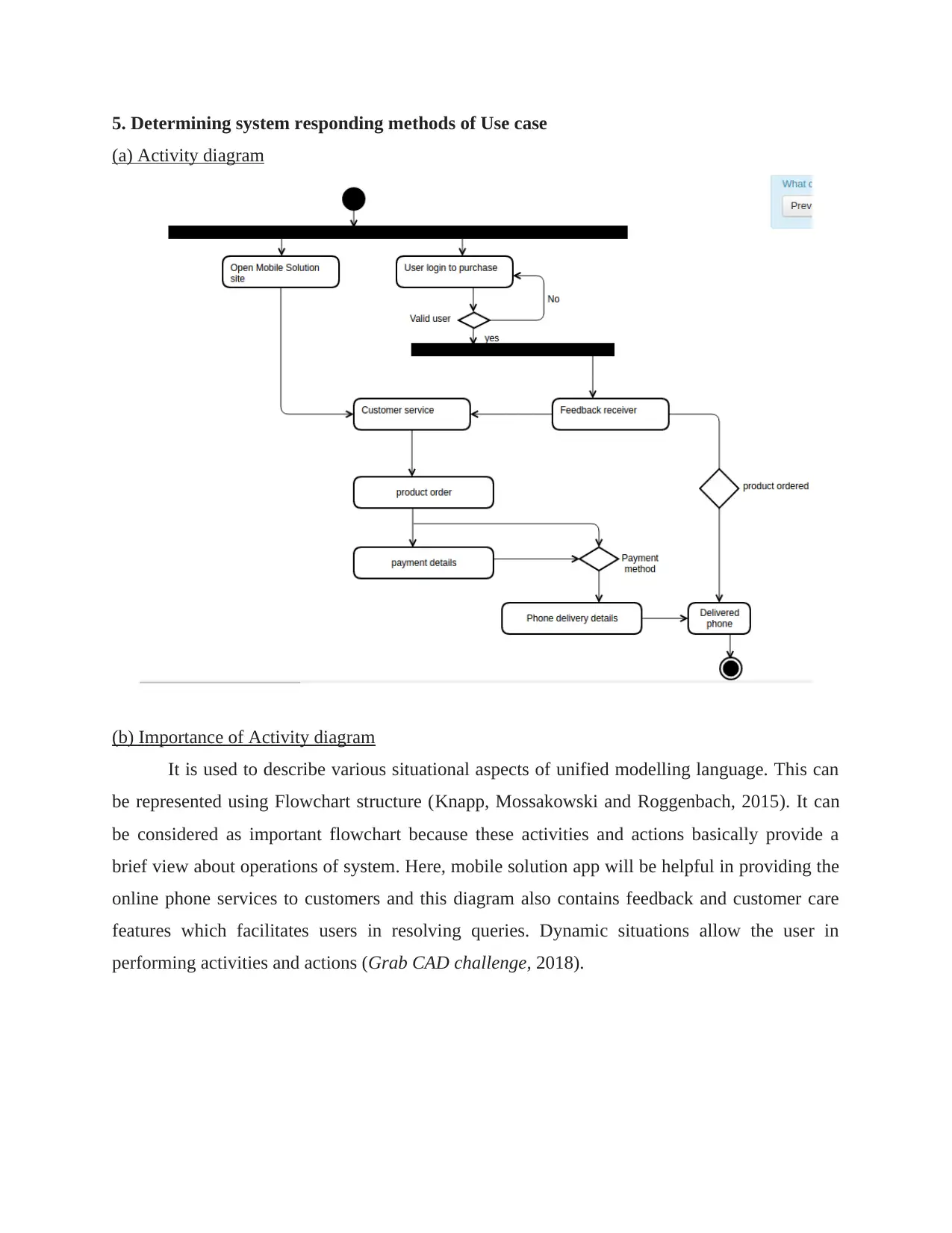
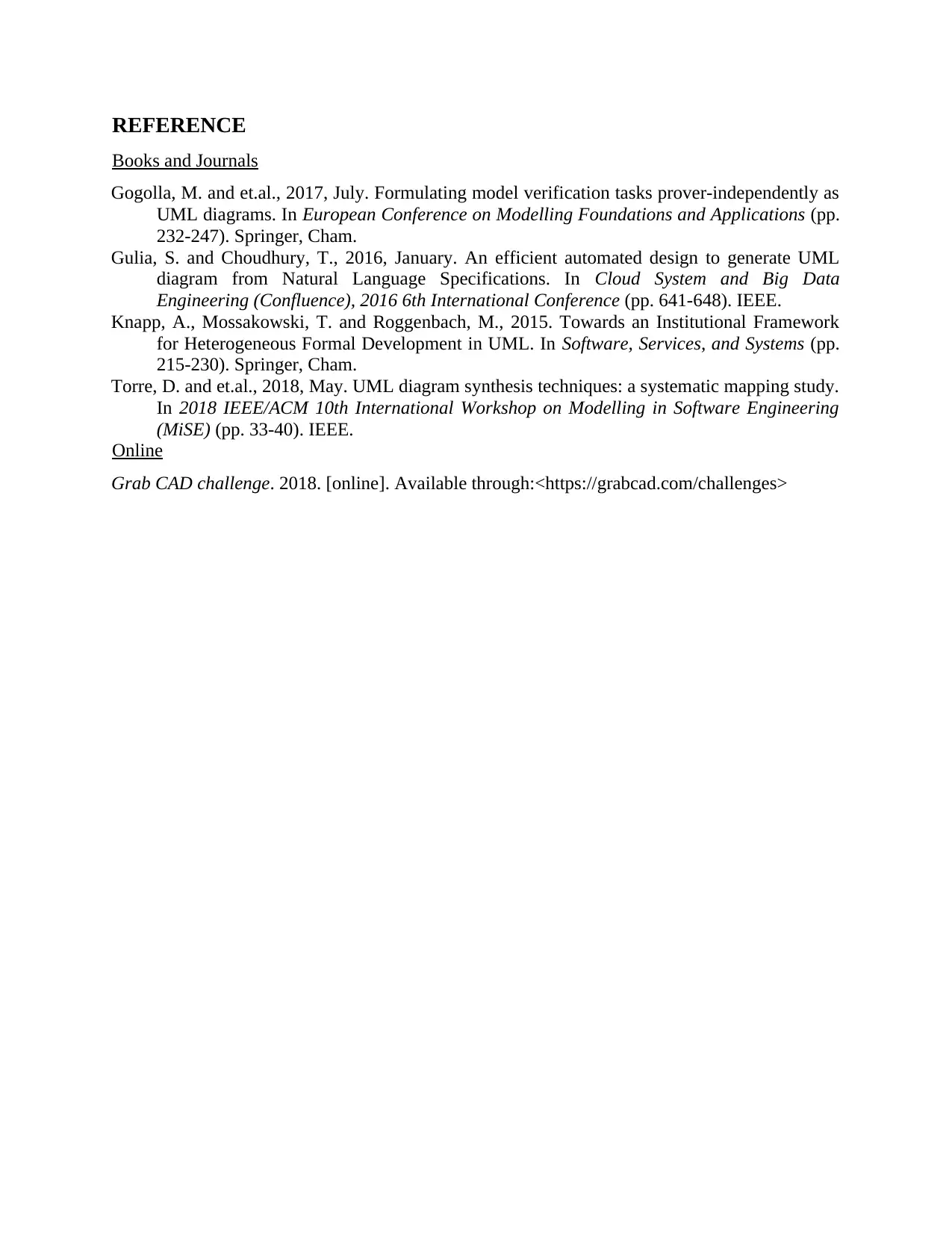






![[object Object]](/_next/static/media/star-bottom.7253800d.svg)